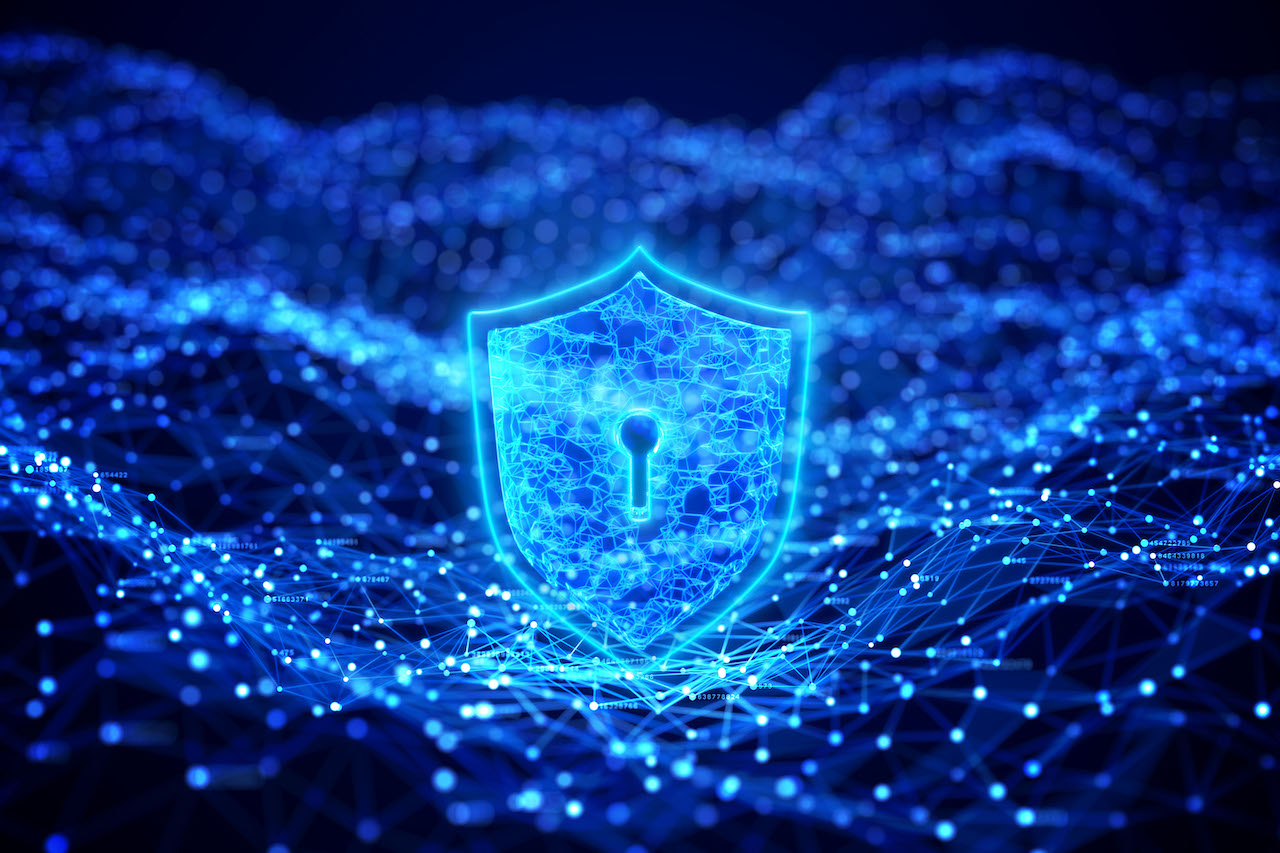Guest blog courtesy of Stellar Cyber.
In a cybersecurity market saturated with buzzwords, overlapping toolsets, and decades-old architectures dressed up with AI, many security leaders are asking the same question:
Is this really the best we can do?
For years, the debate has centered around two extremes — platform suites and narrowly focused point solutions. Both promise coverage, visibility, and response. Both have market presence. But in a world where attacks are faster, stealthier, and more automated, neither is equipped to meet the needs of lean, modern security operations.
It’s time we admit it: the current playbook is broken.
“Legacy” Platform Suites: Built for Yesterday
Traditional security platforms grew up in an era when visibility was a patchwork and most infrastructure lived on-prem. SIEMs, IDS/IPS, and firewalls were added to detect threats within perimeter-defined networks. Then came
EDR and cloud tools—each bolted on to respond to new risks.
These legacy platforms have become sprawling “suites” through acquisition—not intention. What that means for SecOps teams is siloed dashboards, uneven data correlation, and the never-ending challenge of keeping integrations alive.
Yes, they’re branded. Yes, they have history. But they also carry the burden of complexity. Many require extensive professional services just to stand up. Others delay detection because their architecture can’t support real-time behavioral analytics across diverse data sources.
The result? Missed signals. Slower response. Burnout.
Point Solutions: Precision Without Context
On the other end of the spectrum are highly specialized point tools—NDRs that promise network visibility, EDRs that claim endpoint supremacy, and new AI-powered agents offering narrowly scoped detection.
Individually, these solutions can be impressive. They’re built with modern architectures, use AI and machine learning, and typically deploy faster than legacy platforms. But they lack one critical capability: context.
A standalone NDR may flag lateral movement, but without tying it to cloud identity abuse or endpoint compromise, the incident remains a fragment—not a full picture. In complex, hybrid environments, this leads to duplication, alert fatigue, and ultimately… more tools.
As the average SecOps team now juggles dozens of technologies, leaders are realizing that more tools doesn’t mean better defense. In fact, it often means
less clarity.
The Future of Detection and Response: Unified by Design
Cyber threats don’t respect silos. They cross boundaries—starting in email, moving to cloud infrastructure, harvesting credentials, and exfiltrating data from unmanaged endpoints. Responding to these threats requires a model that can do the same: correlate, detect, and act across every layer in real time.
This is the new playbook for modern detection and response. And it’s not about stacking more tools—it’s about unifying them.
To succeed, this model must:
Ingest and normalize data from any source—IT, OT, identity, cloud, endpoint—without expensive custom integrations.
Apply behavior-based analytics that model what’s normal, not just match what’s known.
Enable lean security teams to investigate, triage, and resolve alerts without needing a battalion of analysts.
Be open and flexible in deployment—SaaS, hybrid, or air-gapped—without sacrificing capabilities.
The organizations that embrace this approach aren’t just improving their security posture—they’re reshaping what effective cybersecurity looks like.
Why the Challenger Matters
This is exactly the kind of thinking that the Gartner Magic Quadrant for
Network Detection and Response (NDR) aims to reward: companies that challenge legacy ideas and deliver on both innovation and execution.
And that’s why one company—
Stellar Cyber—was placed in the
Challenger quadrant in the first-ever
NDR Magic Quadrant.
Unlike legacy players retrofitting existing tools to appear modern, Stellar Cyber built its
NDR from the ground up with a unified, multi-tenant platform. Its detection engine uses behavior-based AI, not static rules. It integrates natively across the IT/OT/cloud/endpoint spectrum. And it empowers lean SecOps teams and MSSPs with built-in automation, intelligent triage, and open ingestion—without forcing them into vendor lock-in.
In a space filled with stitched-together tools and flashy point solutions, Stellar Cyber offers a compelling alternative: a focused, transparent, and scalable
NDR platform designed for how attacks actually happen—and how modern teams actually work.
Gartner recognized that difference. So did the 14,000+ organizations already using the platform across the globe.
The Bottom Line
Detection and response needs a reset. What worked in 2015 won’t keep up in 2025.
Cybersecurity leaders who are tired of tool sprawl, slow response times, and empty AI promises now have a new choice. Not legacy. Not a niche tool. But a challenger.
Because sometimes the best way forward is not more of the same—but something entirely different.
Learn more about the
Gartner NDR Magic Quadrant—and why Stellar Cyber made the cut.





